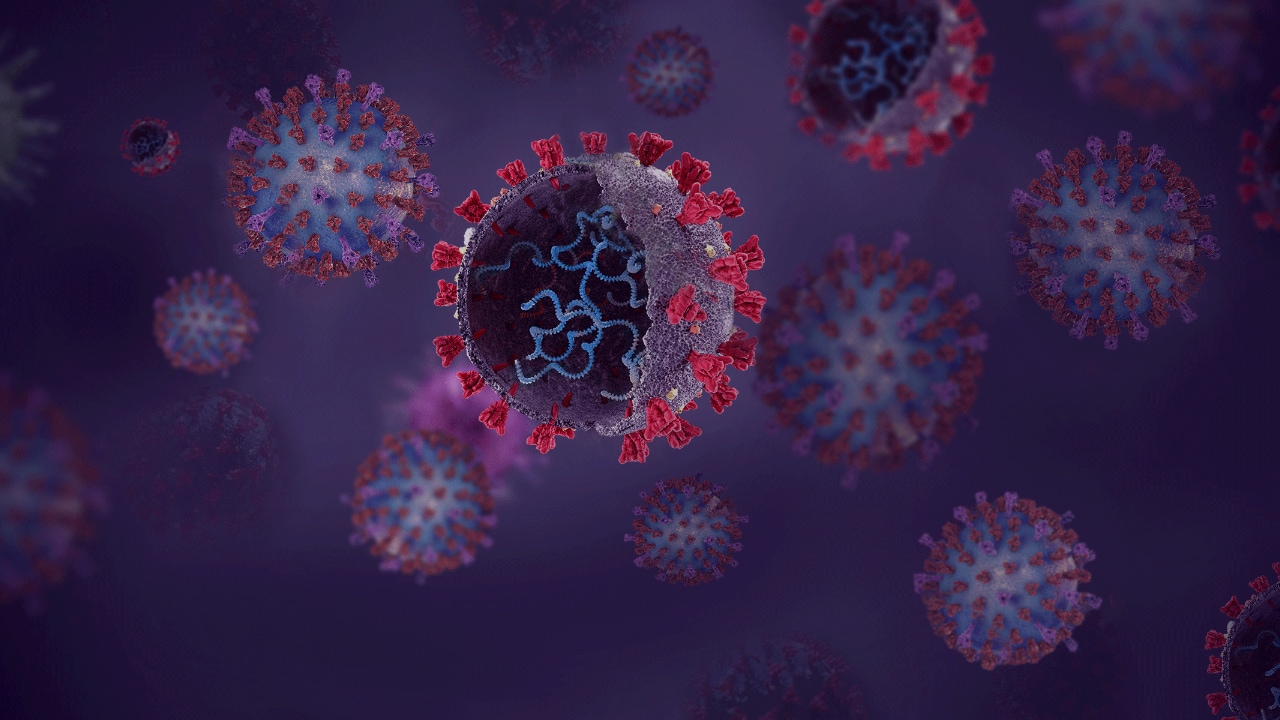Conclusion
Elucidation of molecular mechanisms of viral replication and signal transduction pathways involved in viral pathogenesis, have opened new avenues for the development of alternative therapeutic approaches.
The silencing effect of RNAi is highly specific and potent which makes it an attractive therapeutic strategy against viruses. RNAi-based sequence-specific therapeutic agents can maintain pace with the high rate of mutation of influenza virus and HIV, there is a great potential for such therapeutic agents in the near future. Nucleic acid-based therapeutics, especially siRNAs has also been utilized for both prevention and treatment of influenza virus infections. Although siRNA are cleared at a rapid rate but with proper modifications the life could be increased. Rzs and Dz are also being explored as additional mechanisms for gene silencing in many viruses including influenza and have shown their potential in controlling these viruses. Although, RNAi offers a promising antiviral strategy, there are obstacles that need to be overcome, which include toxicity and side effects of RNAi, delivery challenges and concerns that many viruses have evolved mechanisms to escape from RNAi.
Nevertheless, gene silencing based antiviral therapies have emerged as highly promising and versatile prospects as alternatives for treating viral infections in the near future. The aspect to be focused are the target region sequences, which must be conserved throughout all the known influenza A virus strains and efficient mode of delivery of the drug. Newer approaches include nanoparticle delivery of RNAi agents and other second generation transfection reagents.
There have been reports concerning the induction of immune responses by RNAi agents or suppression of RNAi mechanism by certain viral proteins. However, further studies have revealed that such responses are dependent on the viral strain and host cell type.
Future Microbiol. 2015;10(1):131-140. © 2015 Future Medicine Ltd.









